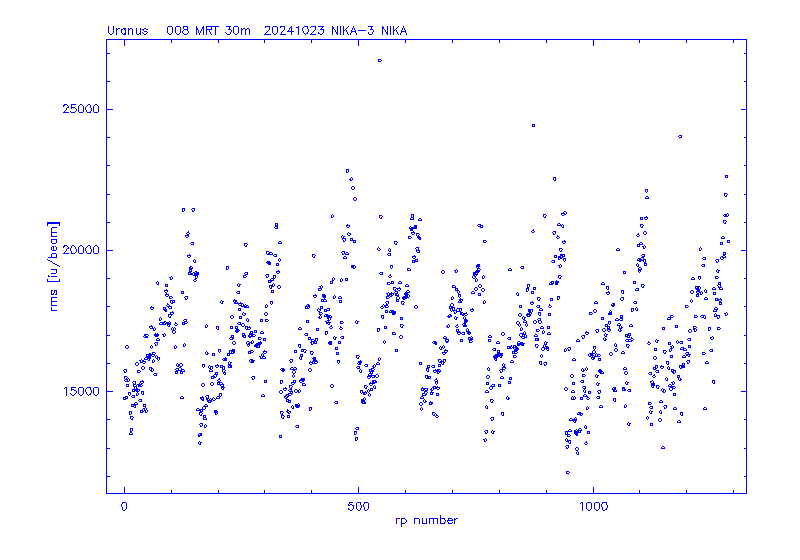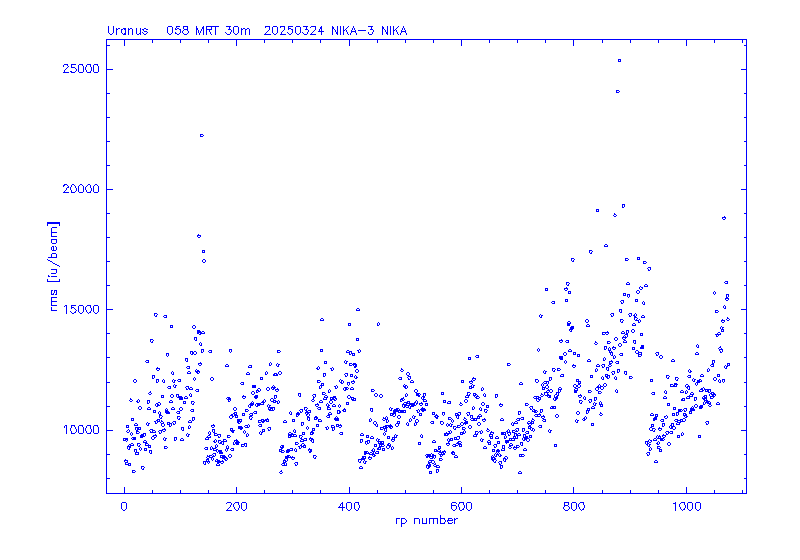|
Size: 3545
Comment:
|
Size: 3543
Comment:
|
| Deletions are marked like this. | Additions are marked like this. |
| Line 3: | Line 3: |
| == Minutes of 2025.04.11 meeting == | == Minutes of 20250411 meeting == |
Further decisions about next interventions etc.
== Minutes of 20250411 meeting ==
The next intervention, aimed at changing the Ar2 Box C cold amplifier, will be on 3-4 June 2025. The change will happen on June 3rd (Tuesday, 8 a.m. to 8 p.m., during extended maintenance. The team will stay at the telesscope until the next day, to be ready in case something needs to be done also on June 4th. Amplifiers ptions are in hand.
It is discussed if a change of Ar3 could be foreseen (Box S, i.e. line 7, is currently noisier). There is another Ar3 available, actually better performing, but line 7 is completely dead. The one installed was originally labeled as "spare". There exist yet a third, with all lines working, built on a different mask, but it seems to be more sebsitive to magnetic fields, therefore was excluded fom NIKA2.
Samuel suggests that the amplifier of Ar3 Box S, in case the enhanced noise of this box is due to the amplifiers and not to the array. Stefano will check if also before the upgrade the Box S was noisier than the rest of Ar3. If so, then the main suspect would be the aplifier. If not, then more likely the array.
Alessandro discussed with Xavier in the past days. As a matter of fact there is always one 1,2 mm araay dominating the sensitivity. In the current case it is Ar1. The other array (Ar3) gives a small contrinution. For example if the NEFD of Ar1,3 are 15 and 20, then the Ar1+3 result is 12.5 (if pure Gaussian noise). Alessandro proposes that it could be scientifically more interesting to have a third band in place of the Ar3. It must be at high frequencies, because of the dichroic. Possibilities are a 350 GHz band (unique in the World, but with difficulties in weather condidtions and not clear if compatible with the current corrugated lenses) and a 220 GHz band (zero level of the SZ effect). Very tempting. This possibility will be discussed further in the future months. At the moment, it goes beyond the aim of the next intervention.
Possible change of position of Ar3 (or Ar1+2), to put all three arrays to the same focus. The difference of focus before the upgrade was 0.3mm between Ar1 and Ar3, but Ar2 was in between them, therefore focusing on Ar2 was a good compromise. Now (after the upgrade), Ar1+3 have basically the same focus and Ar3 is displaced by 3 mm. We need more data to assess if we really want to change the position of the arrays. Therefore such an intervention is excluded from the June 3rd work.
This means that a possible change of position of the arrays will be shifted to next year. September/October 2025 are excluded because they're too close to the IRAM 30m School and to the next Summer/Winter pool weeks. This one year time can be a nice asset to evaluate and propose more "formally" the possible introduction f a 3rd band.
After the meeting: Stefano checks the noise plots of beam-maps of Ar3, before and after the upgrade. In the following figures, you see on the left the noise of Ar3 boxes in the NIKA2 Run 68 (before the upgrade) and on the right Run 72 (after). The increased noise of Box S is clear in Run 72, but I do not see in in Run 68. Note the much lower noise level of the new Ar3.


